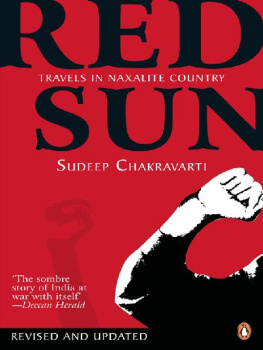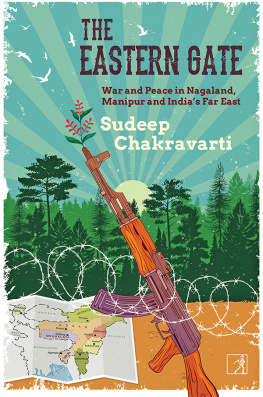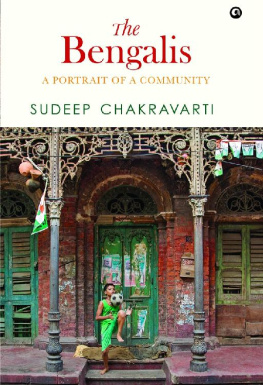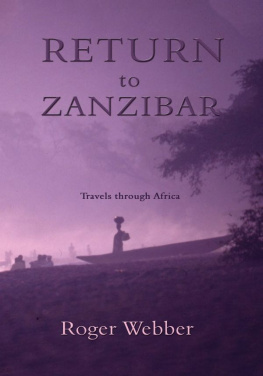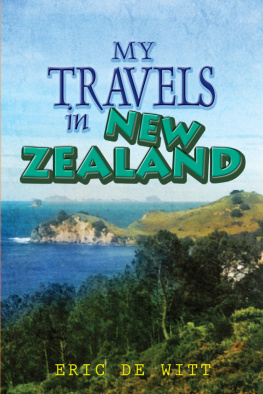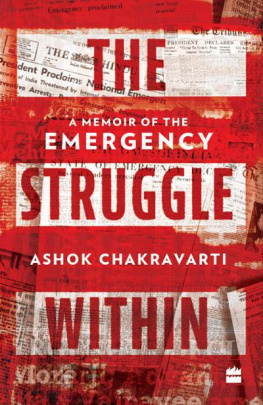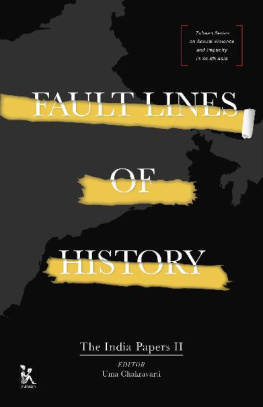SUDEEP CHAKRAVARTI
Red Sun
Travels in Naxalite Country
Revised Edition
PENGUIN BOOKS
Contents
PENGUIN BOOKS
RED SUN
Sudeep Chakravarti attended Mayo College, Ajmer and St. Stephens College, Delhi. He began his career in journalism at the Asian Wall Street Journal , and subsequently worked at Sunday , India Today and the Hindustan Times . Sudeep is also a professional futurist affiliated to the World Future Society. His debut book, Tin Fish (Penguin), was published in 2005 to both popular and critical acclaim. His second novel, Once Upon a Time in Aparanta (also by Penguin), was published in 2008.
PRAISE FOR THE BOOK
Red Sun is the sombre story of India at war with itself. It describes in vivid detail the explosive situation in vast swathes of rural India, where the Maoists and the state are locked in violent confrontation. Deccan Herald
A book that every MP, MLA and minister should read before entering office. Needless to say, sociologists and bureaucrats should treat it as compulsory study material. The Hindu
Chakravartis descriptions are interspersed with reflective comments, but no political theory. That is his strength, for the book raises grievous questions Red Sun should be read widely, especially by those mesmerized by newfound wealth. Outlook
Chakravarti travels to the heart of Maoist zones in the country to bring back a story which is as poignant as it is dreadful. Unlike many other armchair opinion makershe tries to understand the phenomenon from a perspective that can only be described as humane. Tribune
Red Sun is an excellent primer for those who know little of an India where Naxalites live side-by-side with the poor[and] a prized possession for people who want to work on the subject in future. Down to Earth
Chakravarti does a valuable job in fleshing out the human stories that lie behind the headlinesThis [is] essential reading for anyone interested in the Maoist threat. Business India
This book is an eye-opener, and Chakravarti, through his superb command over the language and the subject adds a human touch to a pressing issue. A must read. Sunday Mid Day
According to the prime minister, the armed movement of Maoists or Naxalitesis the gravest threat to national security. Chakravarti makes that point effectively [in] his excellent book. Time Out Mumbai
Red Sun is a meticulous account of Chakravartis travels in the prime Naxal-affected areas of the countryHis conversations with the local people, small help groups involved in the education of tribals, government officials and even active Maoists are revelatory and also, to an extent, disturbing. Business World
Chakravarti adopts a questioning attitude toward Maoist opponents and Maoist sympathizers alike. The result is a remarkably objective book on a domestic threat that is often underplayed by the Indian government. Far Eastern Economic Review
For Kalyani and Deepankar
Dear friends,
I am a student.
Former Prime Minister V.P. Singh made a comment, What is stopping the youth of our country from becoming Maoists?
How does one become a Maoist? Please let me know.
From Maoist Revolution
Internet Newsgroup, December 2006
Preface
Since Red Sun: Travels in Naxalite Country was first published, in January 2008, reaction and discourse related to this work has been intense and widespread. It has come from the far-right, the far-left and nearly every persuasion in between these extremes. Book readings and discussions have been attended by a mix of students, academicians, businesspersons, bankers and other executives, bureaucrats, police officers, security and economic analysts, human rights activists, journalists, writers and, I dare say, some Maoists (who continue to be interchangeably referred to as Naxals or Naxalites). In Kolkata, I received the best compliment I could have hoped for when a former chief of army staff told me at a discussion: The problem with Red Sun is that its true.
Such serious and largely positive engagement has shown the urgent need for writing on this grave and most pressing of issues. It also supports the imperative to take the discourse on Maoism beyond learned writing in academic journals, analyses by think-tanks and thinly attended discussions in stuffy conference rooms.
There is a fairly large and excellent body of non-fiction writing in the various Indian languages, including English, on the Naxal movement of the 1960s and early 1970s and the various subsequent extreme-Left incarnations through the 1980s and 1990s. However, besides occasional writing in the media around the time of major skirmishing between rebels and security forces, there still isnt enough accessible literature on the movements of today, such as the one driven by the Communist Party of India (Maoist) [CPI (Maoist)], which is now the countrys major extreme left-wing rebel conglomerate. There is also almost no emphasis on the human story. Typically, one comes by pages of statistics and glib sound bites.
The dead and the dispossessed are not numbers. They wereand arepeople.
And so, there was every reason to write Red Sun .
It helped, of course, that I had an editor and house not averse to going against the grain to publish a questioning book in a blatantly, often nationalistically, good-news environment. (Indeed, this surprised several people I interviewed during the course of my research, both from the establishment and anti-establishment.)
This paperback edition permits me the opportunity to update key developments and add to the narrative with experiences from recent visits to Chhattisgarh and interactions with Maoist sympathizers and security officials. The Introduction and Epilogue have been rewritten for this purpose. However, the nature of left-wing rebellion in India is one of continual morphing, and no book, even frequently updated, can ever hope to keep up. The point, therefore, is not to update the entire narrative or storywhich continues to be validbut to include, without disturbing the tone and structure of the original work, important changes that can help in better understanding this war in the heart of India.
The country is witnessing what could be termed Naxalism Mark IV. This comes after Mark I in the late 1960s and early 1970s across West Bengal, Andhra Pradesh, Bihar and parts of Uttar Pradesh and Orissa; a splintered but stubborn Mark II in the 1980s; a prescient Mark III in the 1990s with the spread into the Dandakaranya region in Central India, which sowed the seed of a formidable guerilla force; and the largely consolidated present-day force of the CPI (Maoist). Surely, there must be serious flaws in a system that boasts repeated annihilation of left-wing movements since the time of Indias independencethe Tebhaga movement in rural Bengal, for instanceonly to see them rear their heads more emphatically with each cycle of resurgence, through every phase of socioeconomic development and growth in the power of the state.
Evidently, putting down is not the same as keeping down, leave alone resolving once and for all.
This past year has seen major strikes and counterstrikes both by the rebels and the security forces, and changes of tactics and strategy on either side. There is also every indication that the state isfinallyfollowing the rebel approach of settling down for the long haul. If anything, this is absolute admission on the part of the state of deep-rooted socioeconomic problems that drive Indias left-wing movements.



